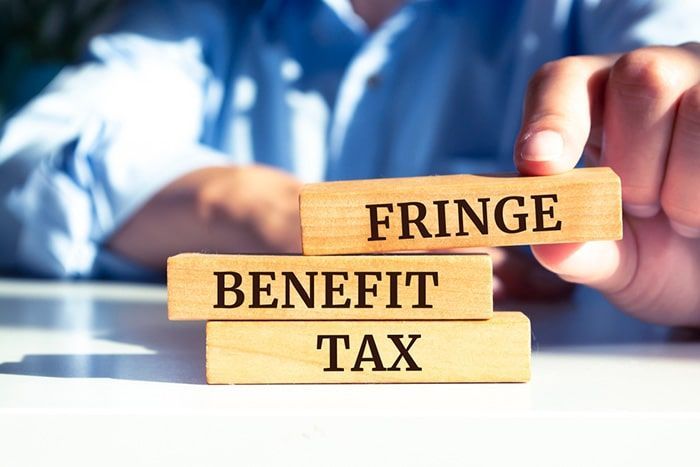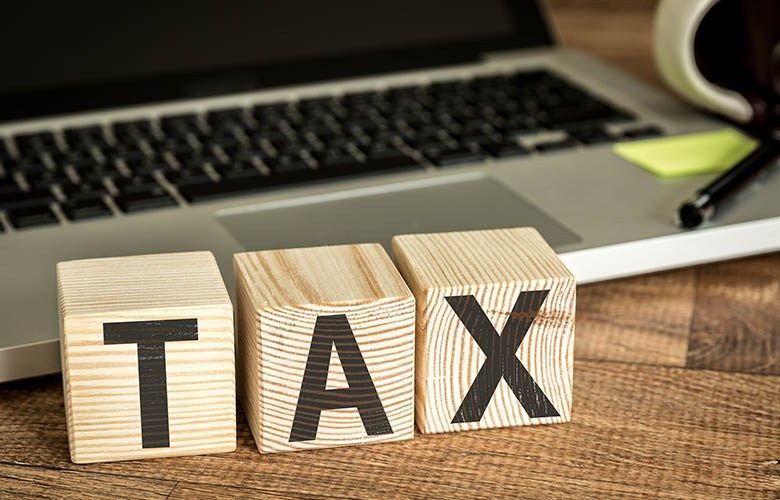FBT: What Is It and Does it Apply to me?
Fringe Benefits Tax (FBT) is a special tax separate from GST and income tax that businesses in Australia must pay when providing a fringe benefit to employees and other associates.
What is a Fringe Benefit?
A fringe benefit is a reimbursement, expense or non-cash payment provided by a business that is not salary and wages.
Common examples include:
· Personal use by an employee or associate of a business/company car
· Paying or reimbursing personal expenses such as school fees, memberships, or insurance
· Providing entertainment, such as meals at restaurants or tickets to events
If it is a personal expense or private use of a business asset, and the business pays for it — it may be a fringe benefit.
Who Can Trigger FBT?
FBT applies when fringe benefits are provided to:
· Employees
· Company directors
· Family members of employees or directors
· Beneficiaries of a trust who work in or help run the business
For example, if a director uses a company car for private purposes, FBT applies — even if the director is not taking wages or making cash drawings.
If your business is a company or trust, the business is a separate legal entity from you. This means that the owners’ use of assets is treated as if they’re an employee.
Important Exception
This rule does not apply to sole traders and partners of a partnership using business assets.
However, sole traders and partnerships are still caught by FBT rules if providing benefits to employees.
What You Need to Do Each FBT Year?
If you think you may be providing a fringe benefit to an employee, director, family member or other associate:
1. Keep records of any benefits, reimbursements or private use of business assets.
2. Complete the annual FBT questionnaire provided by Green Taylor Partners.
3. Provide all relevant details so we can help you determine whether FBT applies and how to meet your obligations.
More GTP Articles






